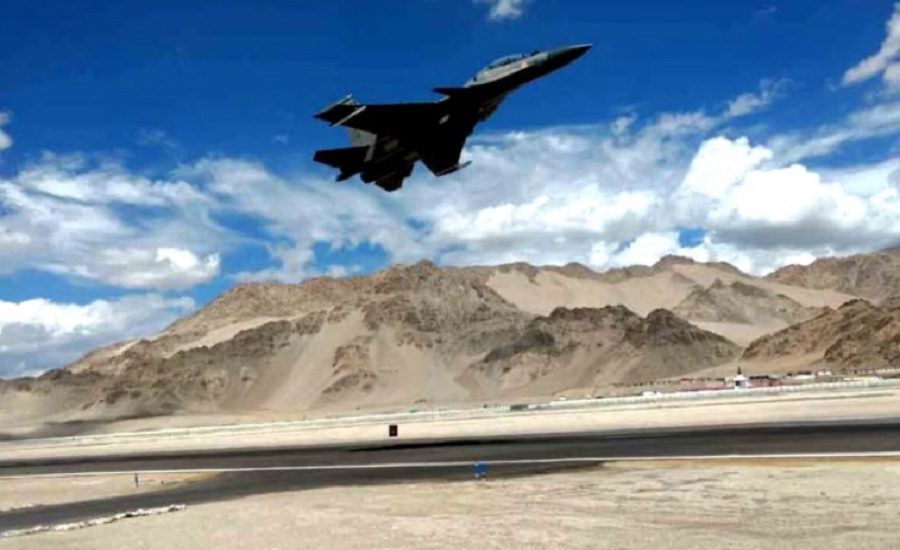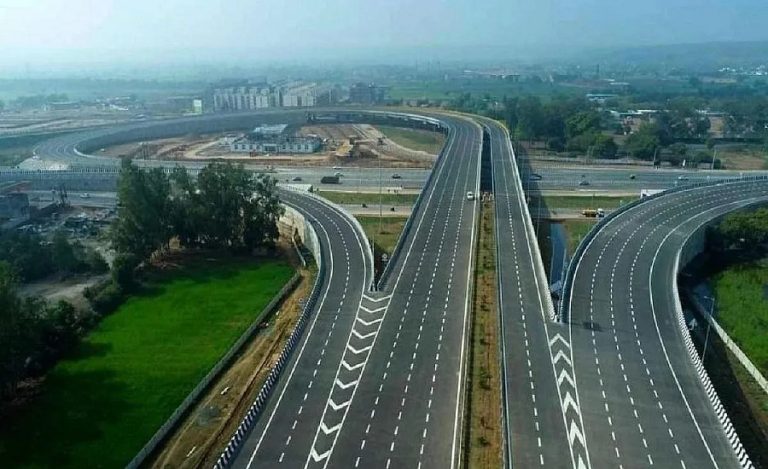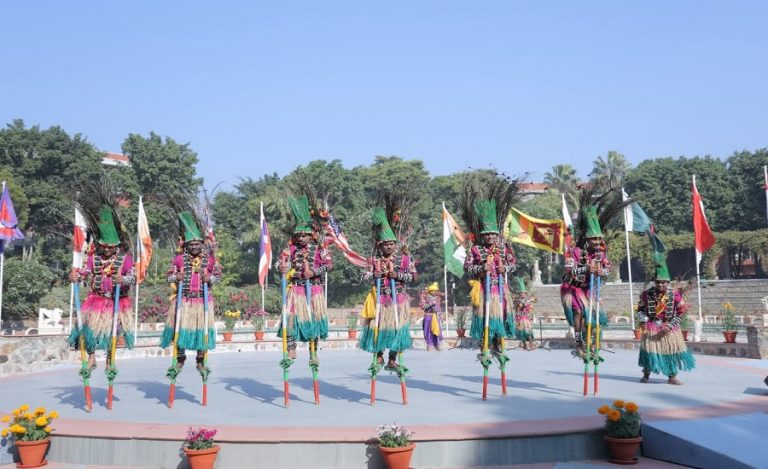India has achieved a significant milestone in its defense preparedness by operationalizing the Changthang Nyoma (Mudh) Airbase in eastern Ladakh – now recognized as the world’s highest operational airbase at an altitude of 13,700 feet.
Located in the remote Changthang region near the Indus River Valley, Nyoma sits approximately 160 km southeast of Leh, close to the Line of Actual Control (LAC) with China. Its location – south of Pangong Tso Lake and east of the Karakoram Range – provides India with a formidable vantage point to monitor and respond swiftly to border developments in the sensitive Ladakh sector.
Historical Background: From 1962 to a Modern Strategic Hub
Originally constructed in 1962, the airfield remained dormant for decades until it was reactivated in 2009 by the Indian Air Force for transport operations. An AN-32 tactical transport aircraft successfully landed at Nyoma that year, marking its re-entry into operational use.
The transformation of Nyoma into a full-fledged base began after the 2020 Galwan Valley clash between Indian and Chinese troops. Recognizing the need for greater air mobility and rapid response capabilities, the government sanctioned the upgrade in 2021. The Border Roads Organisation’s Project Himank executed the ₹220 crore project, which has now reached completion.
State-of-the-Art Infrastructure
The newly developed Nyoma Airbase features a 3-kilometer-long paved runway, capable of supporting the operation of advanced fighter aircraft such as SU-30MKI and Rafale jets. It includes an Air Traffic Control complex, secure hangars, blast pens, and logistics support infrastructure designed to withstand the harsh Himalayan climate.
According to reports, SU-30 fighter jets have already begun sorties from Nyoma, signaling a new era of air dominance in the region. The base is also equipped to handle C-17 Globemaster III and IL-76 aircraft, enabling rapid deployment of troops, heavy artillery, tanks, and air defense systems.
A Boost to India’s Border Security and Surveillance
Nyoma complements existing high-altitude airbases at Leh and Thoise, expanding India’s strategic footprint across Ladakh. The new base enhances surveillance, intelligence gathering, and logistical operations along the LAC — particularly in the Demchok sector and Depsang plains, both sensitive flashpoints in Indo-China relations.
The airbase also serves as a logistical hub for helicopters and transport aircraft, including C-130J Super Hercules, which frequently ferry supplies and troops to forward areas.
Nyoma’s Challenges: High Altitude Comes with High Risks
Despite its strategic value, operating at such altitude poses challenges. At 13,700 feet, thin air limits aircraft engine performance, necessitating longer runways and reducing payload capacity by nearly 50%.
Extreme winter temperatures – plummeting to -40°C – combined with heavy snowfall and fierce winds make maintenance and operations difficult. Storing fuel, maintaining avionics, and protecting electronic systems in freezing conditions are ongoing technical challenges.
Moreover, Nyoma’s proximity to the LAC makes it potentially vulnerable to Chinese artillery, drones, and electronic warfare, underscoring the need for robust defense and surveillance systems around the base.
A Symbol of India’s Determination
The activation of Nyoma stands as a testament to India’s determination to strengthen its frontier infrastructure and enhance national security. It represents not just an engineering feat at extreme altitude, but also a strategic deterrent — signaling India’s readiness and resolve to defend its borders.
As India continues to modernize its defense infrastructure, Nyoma will play a pivotal role in ensuring high-altitude dominance, operational flexibility, and swift response capabilities in the Himalayas.



























